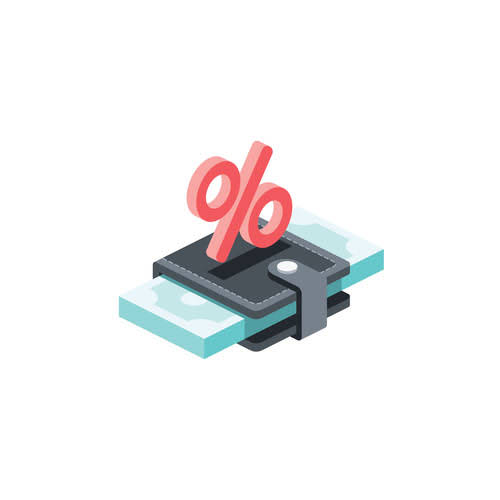
Bubblez’n’More is a seltzer bottling firm that specializes in one-of-a-kind tastes. The filling department incurs $25,000 in direct material costs and $50,000 in conversion costs for the current month (consisting of direct labor and factory overhead). In April, the billing department’s per-unit cost is $.50 for direct materials (direct material prices divided by monthly unit output) and $1.00 for conversion costs (conversion costs divided by unit output). Similar calculations are performed for the labeling and packing divisions, and the corporation discovers that it cost $100,000 to make 50,000 bottles in one month. At the Peterbilt factory in Denton, Texas, the company can build over 100,000 unique versions of their semitrucks without making the same truck twice.
- In the previous page, we discussed the physicalflow of units (step 1) and how to calculate equivalent units ofproduction (step 2) under the weighted average method.
- While making drumsticks may sound simple, an immense amount of technology is involved.
- Process costing system is an accounting method usually used by manufacturing companies that mass produces very identical products or units of output.
- Examples of products that would use process costing are Cheerios brand cereal, iPhones, or Toyota Camrys.
- By dividing the total cost of a process by the total number of units produced, the cost per unit can be obtained.
- Rock City Percussion makes \(8,000\) hickory sticks per day, four days each week.
- Then the Packaging Department transfers the products to Finished Goods Inventory.
How much are you saving for retirement each month?
- Each part of the vehicle is mass produced, and its cost is calculated with process costing.
- The overall cost is $150,000, with 150,000 units produced at a cost of $1 each unit.
- A job costing system isused by companies that produce unique products or jobs.
- Let’s assume Coca cola carries out similar calculations for the labeling and packaging departments and discovers that it spent a total of $100,000 to produce 50,000 bottles in the month of May.
- Therefore, as the finished material is transferred to the next process, the cost of each process is also transferred, until it ends in the finished stock account.
- Process costing is used most often when manufacturing a product in batches.
Many direct material costs, as the wood in the frame, are easy to identify as direct costs because the material is identifiable in the final product. Wood and fastener metals are typically added at the beginning of the process and are easily tracked as direct material. Sometimes, after inspection, the product needs to be reworked and additional pieces are added. Because the frames have already been through each department, the additional work is typically minor and often entails simply adding an additional fastener to keep the back of the frame intact. Other times, all the frame needs is additional glue for a corner piece.
Analyze inventory to determine the amount of inventory at the beginning of the period
- The main benefit of Process Costing is that it provides information that can be used to make critical business decisions.
- According to Texas Monthly, “Once Sandy was sure that nobody had noticed the first fraudulent check, he tried it again.
- Even two sticks made sequentially may have different weights because the wood varies in density.
- According to thecompany, more than 11,000 of its soft drinks are consumed everysecond of every day.
- Then, wecompare the total to the cost assignment in step 4 for unitscompleted and transferred and ending work in process to get totalunits accounted for.
Job order costing tracks prime costs to assign direct material and direct labor to individual products (jobs). Process costing also tracks prime costs to assign direct material and direct labor to each production department (batch). Manufacturing overhead is another cost of production, and it is applied to products (job order) or departments (process) based on an appropriate activity base. You’ll also learn the concepts of conversion costs and equivalent units of production and how to use these for calculating the unit and total cost of items produced using a process costing system. A process costing system is used bycompanies that produce similar or identical units of product inbatches employing a consistent process. A job costing system isused by companies that produce unique products or jobs.

4: Process Costing (Weighted Average)

As such, each department adds its own direct materials, direct labor, and factory overhead costs. These three costs accumulate in a departmental account called Work in Process – Department Name, which process costing examples is like the “tab” of the manufactured item. There will be three debits to Work in Process for each department – one for direct materials, one for direct labor, and one for factory overhead.
Accounting for Managers
It will be the problem when it comes to different products type, as the accountant still allocates the same cost to all products. It is not make sense when two products consume https://www.bookstime.com/articles/how-to-invoice-as-a-freelancer a different level of overhead but have the same cost. It is hard to assess each department’s performance as the cost is calculated by total divided by quantity product.
What Is Activity-Based Costing 2024 [Guide With Examples] – Cloudwards
What Is Activity-Based Costing 2024 [Guide With Examples].
Posted: Wed, 21 Feb 2024 08:00:00 GMT [source]
Great! The Financial Professional Will Get Back To You Soon.

